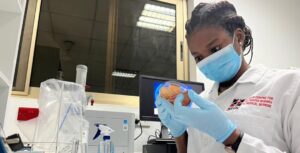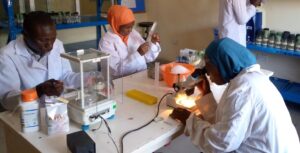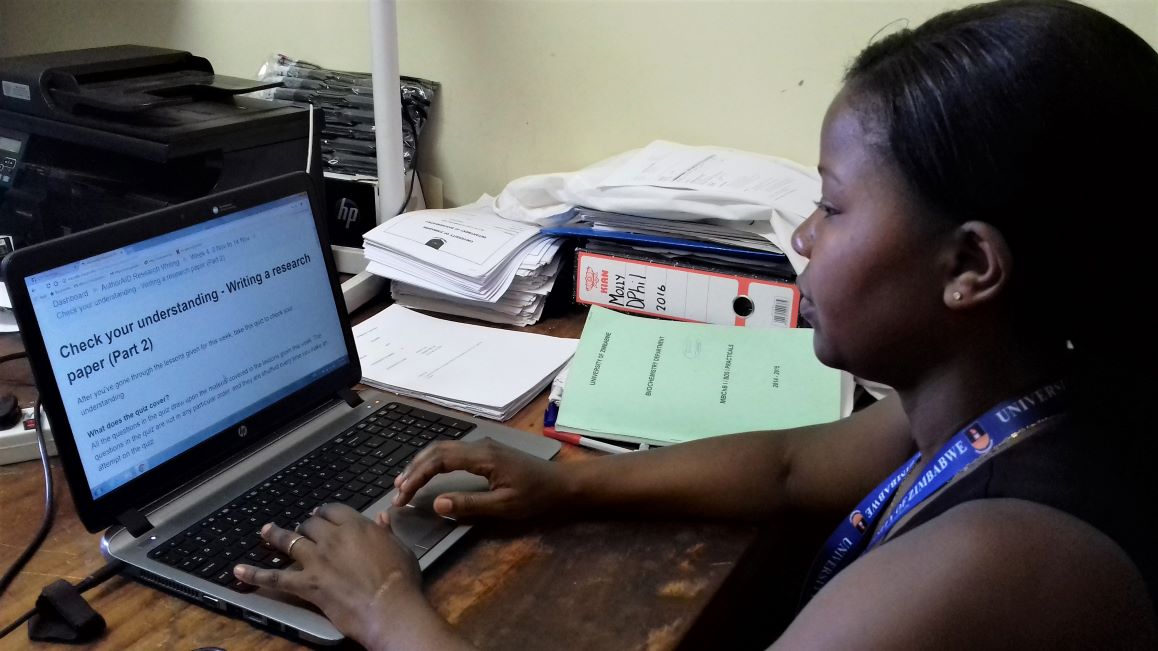
Using digital learning in capacity development – how do you do it well?
As our earlier blogs on technology and connectivity, interaction and participation, and gender have shown – and as we explore more extensively in the book – digital learning can be used to provide valuable learning and effective professional development. Designed well, it’s possible to mitigate some of the constraints of technology, enable opportunities to interact with each other, and overcome some of the structural barriers that are encountered in face to face learning.
So how do you use it best? For us there are four key concerns:
Firstly, it’s about adhering to the Principles for Digital Development. These are designed to guide practitioners – not just in online learning – to ensure that when digital technologies are used in development programmes, they are used well, and predictable and preventable failures are avoided. We have not only endorsed these principles, but we have also reflected on what each one of them means in the context of our work and how to implement them in practice.
Secondly, our digital work is underpinned by a systematic approach to monitoring, evaluation and learning (MEL). We identify feedback mechanisms at the start of a digital intervention, gather feedback at an appropriate frequency – depending what the work aims to do – and analyze this feedback both during and after the intervention, so that we can adjust our work as we go, or can design better next time. This focus on MEL has helped us identify and validate the key factors that need to be considered when designing any online intervention.
Thirdly, we recognise the importance of educational theory and online pedagogies and frameworks. As we’ve moved from an initial online course in 2011 to fully integrating technology into approach, finding the right approach to guide our design has been important. We have adopted the principles of ‘learning design’ – a methodology that puts learners centre-stage in the design process and is iterative and explicit in nature. Instead of doing things ‘on-the-fly’, learning designers carefully plan for the activities that the learners will engage in and represent them in a visual form to be reviewed by and improved.
There are different tools, but we’ve chosen the Learning Designer as the best tool for us. It offers a visual representation of the types of activities we expect learners to engage and, in doing so, helps us to model a likely learners’ experience
Fourth and finally, we don’t seek to replace face‐to‐face workshops with online modes of delivery. Instead, digital technology is used to enhance learning – whether that is designed to be delivered in-person, online, or a ‘blended’ combination of the two. By integrating it as part of a wider Learning and Capacity Development Framework, digital technologies enhances and redefine what we do by:
- Giving us extra space where learning can happen before, in‐between and after face‐to‐face
- Ensuring continuity of learning, through a series of engagements rather than one‐off
- Allowing us to embed learning into the real context of work and at the point of
- Providing an opportunity to do things differently, to use both digital and physical spaces to their greatest advantage and in the best combination.
For example, online learning often enables greater participation, allows learning to be made available when it’s needed, and can enhance connections between participants nationally and internationally.
Our new open access book Digital Technology in Capacity Development: Enabling Learning and Supporting Change offers a step-by-step guide into the design and development of effective online learning interventions. You can download an open access copy from African Minds – and watch our recent webinars to learn more.
Image: early career researcher taking part in our AuthorAID research writing MOOC.

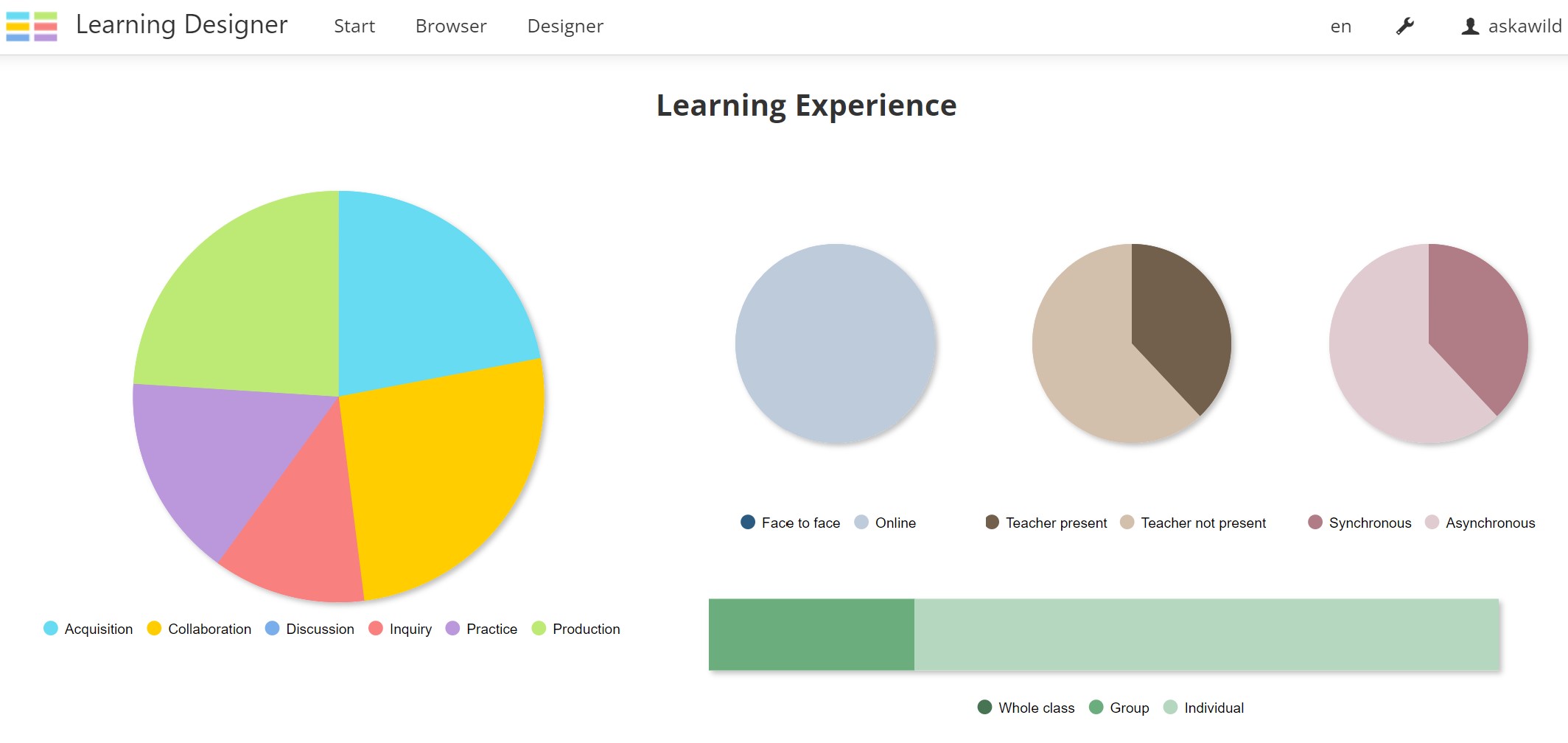
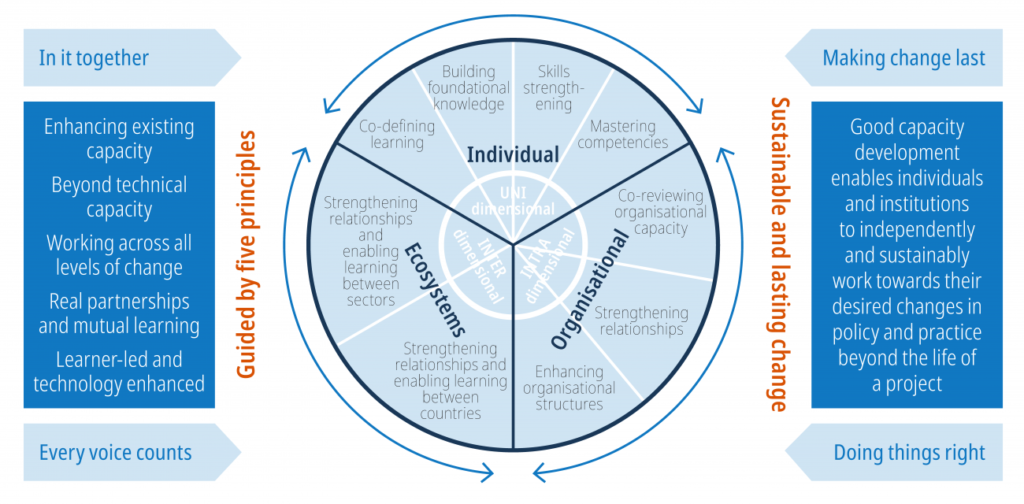
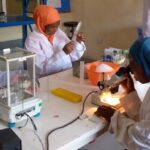 Previous Post
Previous Post Next Post
Next Post